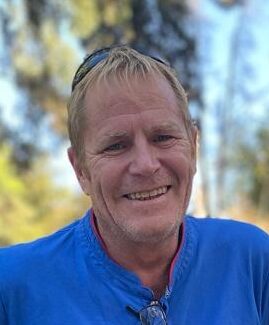From pv magazine France
EDF ENR, the winner of a tender launched by Solideo — the public entity behind the creation of France's Olympic Village in Paris — has installed 15 PV arrays on the roofs of buildings currently occupied by athletes taking part in the Olympic Games.
Located in the Belvédères district, just outside the northern Paris suburbs of Saint-Ouen and Saint-Denis, the village buildings are fitted with panels manufactured by Photowatt, a subsidiary of EDF ENR. They provide a total output of 450 kWp, covering 20% of the district's electricity needs. They have been integrated in a number of different ways: in shade structures to allow residents free access to the roof, by overlaying vegetation or, more traditionally, on concrete terraces.
With a power output of 130 kWp, the PV array installed on the only commercial building in the village is the result of an innovation: flow-cast, a system that allows the building's peak consumption to be capped. How does this work? By storing the maximum amount of electricity produced by the solar roof in a 70 kWp static battery and in seven multi-directional charging points for electric vehicles. The stored electricity can then be rapidly re-injected to meet the building's needs.
Predictive algorithm
The system works thanks to an algorithm developed by EDF ENR, a predictive tool, capable of optimizing the building's electricity consumption mode over several days, learning how it lives and adapting constantly. It's similar to what RTE, France's transmission system operator, is doing on a national scale as part of its 24-hour production forecasts.
“Thanks to this innovation, we are demonstrating that the coupling of electric mobility and photovoltaics makes it possible to overcome consumption peaks on a large scale,” said Franck Chauveau, EDF ENR's director of development of major projects in the Île-de-France region, speaking to pv magazine France. “With this means of on-site storage, the issue of the intermittency of solar production is resolved!” Not to mention the savings induced by this load shedding system — they are estimated at 15% in terms of absolute power and of the same order in terms of electricity consumption.
Already commissioned, the 15 solar installations will, from the end of the games, form part of a collective self-consumption operation, offered by EDF ENR to property developers and currently supported by the energy company via Communitiz, its digital platform that monitors and manages collective self-consumption projects. In the meantime, an organizing legal entity will be set up in the near future to manage the sharing of energy between future consumers. “The implementation of collective self-consumption should be effective early next year, six months before the arrival of the first residents of the district, scheduled for the summer of 2025,” Chauveau said.
This content is protected by copyright and may not be reused. If you want to cooperate with us and would like to reuse some of our content, please contact: editors@pv-magazine.com.




1 comment
By submitting this form you agree to pv magazine using your data for the purposes of publishing your comment.
Your personal data will only be disclosed or otherwise transmitted to third parties for the purposes of spam filtering or if this is necessary for technical maintenance of the website. Any other transfer to third parties will not take place unless this is justified on the basis of applicable data protection regulations or if pv magazine is legally obliged to do so.
You may revoke this consent at any time with effect for the future, in which case your personal data will be deleted immediately. Otherwise, your data will be deleted if pv magazine has processed your request or the purpose of data storage is fulfilled.
Further information on data privacy can be found in our Data Protection Policy.